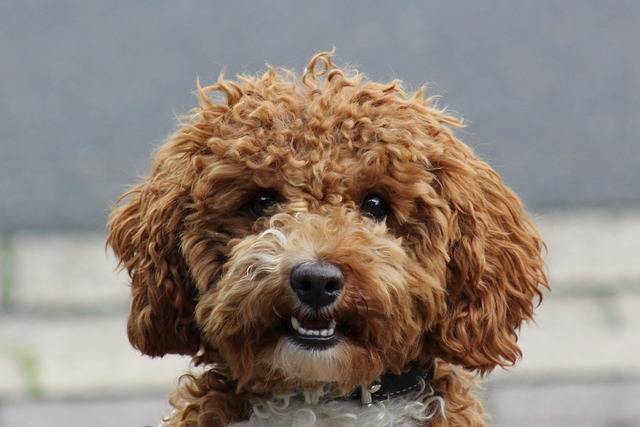
How do i train my dog to be obedient?
Watching your dog dart across the park ignoring your calls isn’t just frustrating—it can put them at risk near busy streets or public spaces.
That low growl when you approach the food bowl, the stiffened body when a houseguest moves too quickly—these moments of aggression from your dog at home are frightening and heartbreaking in equal measure. It's crucial to understand from the outset that this behavior is a symptom of an underlying issue, most often rooted in fear, anxiety, or a lack of feeling safe. Your first and most critical step is not to try and dominate your dog, but to immediately schedule a visit with your veterinarian. Rule out any medical causes, like thyroid issues or chronic pain, which can be a significant driver of sudden aggression. This is a non-negotiable first step in your canine aggression management plan.
The science behind this behavior is clear: aggression is a form of communication. Your dog is expressing a overwhelming stressor they cannot otherwise handle. Punishing a growl is perhaps the most dangerous mistake an owner can make. You might suppress the warning, but you haven't removed the fear fueling it. This can teach the dog to skip warning signals entirely, leading to a bite with no preceding growl. The only ethically and scientifically supported approach is force-free behavior modification, which focuses on changing the dog's emotional response to triggers. This aligns perfectly with the strong cultural and legal expectations across the U.S. and EU that prohibit the use of physical punishment, prong collars, or electronic shock devices, methods that are not only considered abusive but are proven to exacerbate aggression.

Your practical strategy at home revolves around management and counter-conditioning. First, manage the environment to prevent rehearsing the aggressive behavior. If your dog guards the couch, use baby gates to deny access to the living room when you can't supervise. If they growl when approached while eating, feed them in a separate, quiet room with the door closed. Next, with guidance from a certified professional dog behaviorist (not just a trainer), begin counter-conditioning. This means changing their association with the trigger. For example, from a distance where your dog notices a family member but doesn't react, continuously feed them incredible, high-value treats like chicken. The person's presence becomes a predictor of good things, not a threat.
Navigating this issue also involves understanding your broader responsibilities. A dog displaying aggression has specific legal and safety implications. Ensuring your dog’s rabies vaccination is up-to-date isn't just a health measure; it's a strict legal requirement across the U.S., and a bite incident will trigger a mandatory quarantine process. Furthermore, while working on the issue, you must be hyper-vigilant about public safety. This means no trips to the dog park or crowded patios. Your walks are for quiet, off-peak potty breaks only, and you must be scrupulous about leash laws and always cleaning up waste, as any infraction can draw negative attention. For those in apartments, proactively informing your landlord that you are working with a professional on the issue can sometimes preempt complaints. Ultimately, addressing aggression is a commitment to managing aggressive dog behavior responsibly, ensuring the safety of both your family and your community.

Watching your dog dart across the park ignoring your calls isn’t just frustrating—it can put them at risk near busy streets or public spaces.

New puppy owners often find themselves rushing to clean up accidents before they set in, and that’s where puppy pad training becomes a game-changer.

If you've noticed your dog's waistline disappearing and your veterinarian has mentioned those few extra pounds, your first instinct might be to simply reduce the amount of food in their bowl.

Training a dog to use a designated spot indoors isn’t as daunting as many new owners fear, but it does take consistency and an understanding of your pet’s needs.

That moment of dread on a walk is all too familiar for many new dog owners. You see another dog approaching down the sidewalk of your neighborhood

If the sight of another dog on your neighborhood walk makes your heart sink as your own dog erupts into a frenzy of barking and lunging, you're not alone.